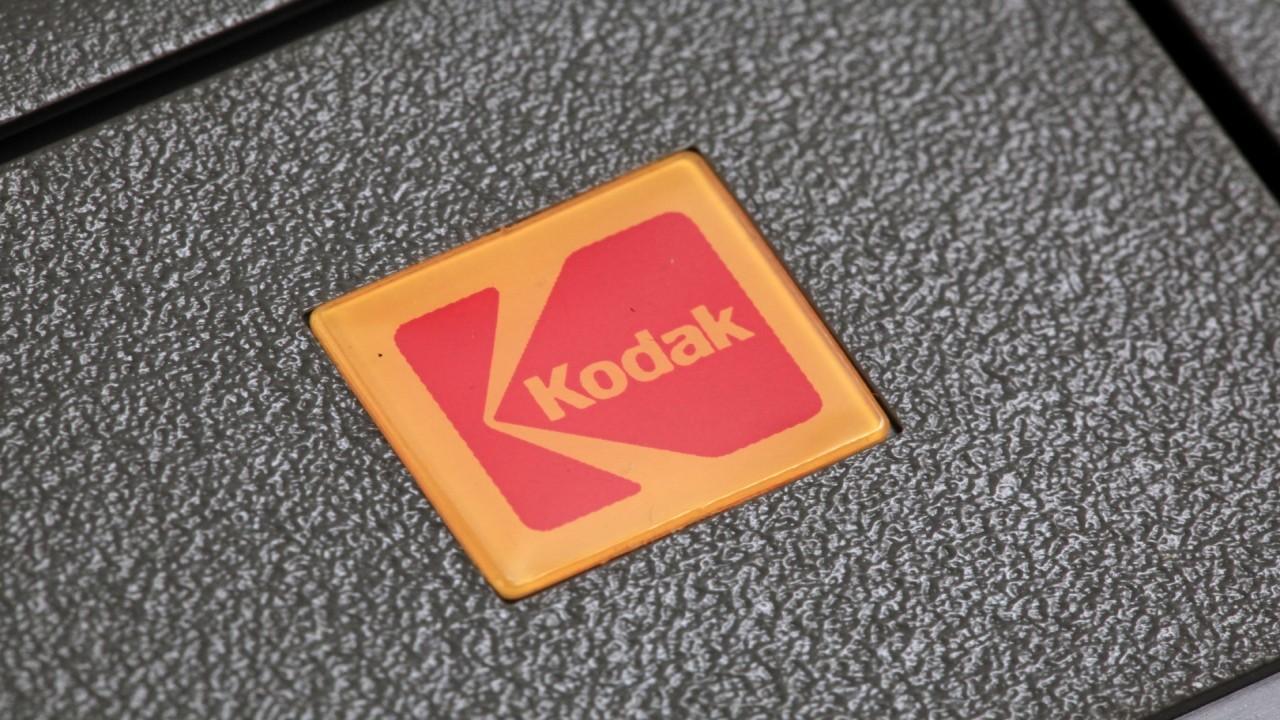Kodak stock up 2,189% after Trump backs pivot into drug industry
The company previously developed nonprescription drugs before selling its Sterling Winthrop business in 1994
Eastman Kodak Co. shares surged for a second day Wednesday following the company’s shift into the pharmaceutical industry after securing a $765 million government loan to produce generic drugs.
Shares of the Rochester, New York-based company known for making chemicals used in film have gained as much as 2,189 percent since the announcement on Tuesday morning, reaching a high of $59.98. They settled at $2.62 apiece at the close of trading on Monday.
| Ticker | Security | Last | Change | Change % |
|---|---|---|---|---|
| KODK | EASTMAN KODAK CO. | 7.16 | -0.12 | -1.65% |
Eastman Kodak will supply about 25 percent of small-molecule key starter materials and active pharmaceutical ingredients for the U.S. supply chain, CEO Jim Continenza told FOX Business’ Stuart Varney on Wednesday.
For Kodak, which started producing hand sanitizer, face shields and circuit boards for ventilators during the COVID-19 pandemic, a shift into the drug industry shouldn’t be much different from some of the processes for its film business.
The company previously developed nonprescription drugs before selling its Sterling Winthrop business unit to British drugmaker SmithKline Beechman for $2.93 billion in 1994.
Kodak has been making unregulated key starter materials “for a couple of years” and will now expand production to a “large scale,” according to Continenza.
CLICK HERE TO READ MORE ON FOX BUSINESS
Its entry into the pharmaceuticals is part of President Trump’s plan to use the Defense Production Act to bring the manufacturing of critical pharmaceutical ingredients back to the U.S. after the pandemic underscored the nation’s reliance on China.
The change in direction comes at an opportune time for Kodak, which had seen its market capitalization shrink to $114.58 million since emerging from its Chapter 11 bankruptcy filing in September 2013.
Kodak’s market capitalization, which was near $1.4 billion on Wednesday, reached a post-bankruptcy peak of $1.46 billion in October 2013, according to Dow Jones Market Data. Its all-time high was $31.4 billion in February 1997.
